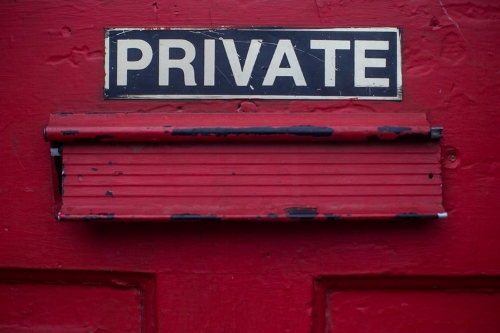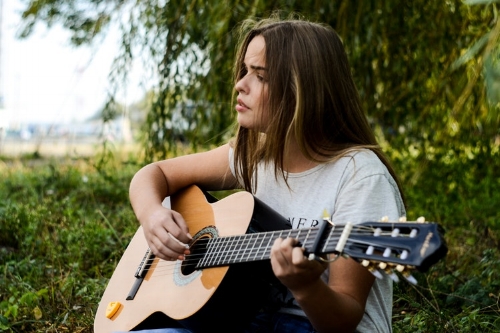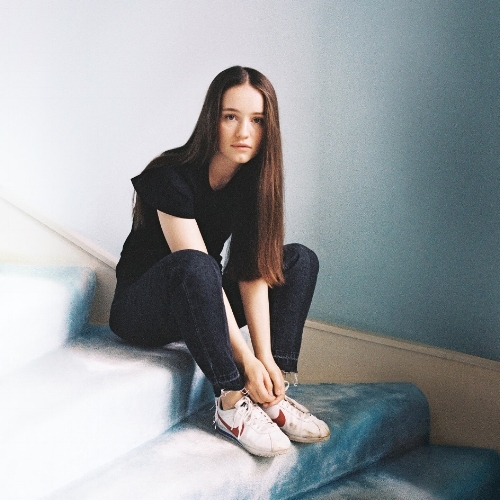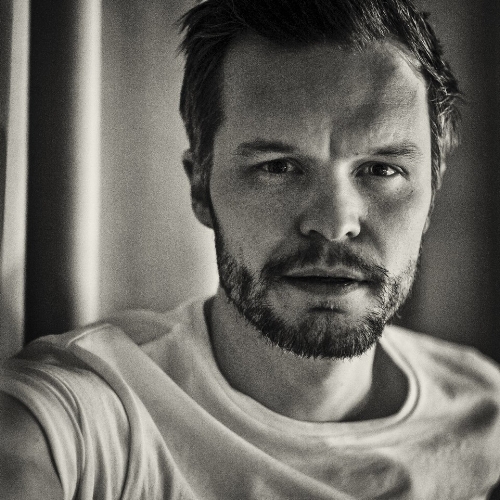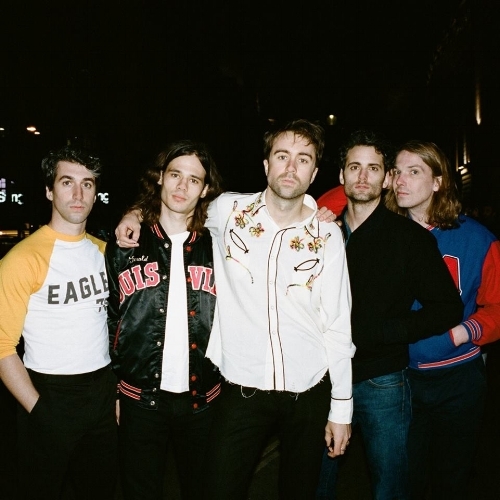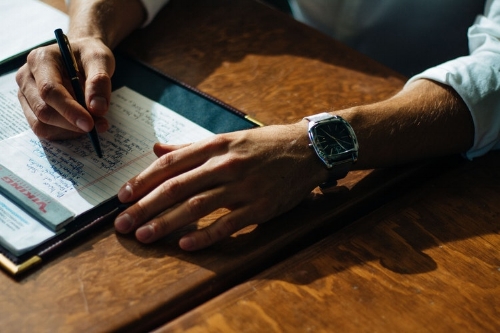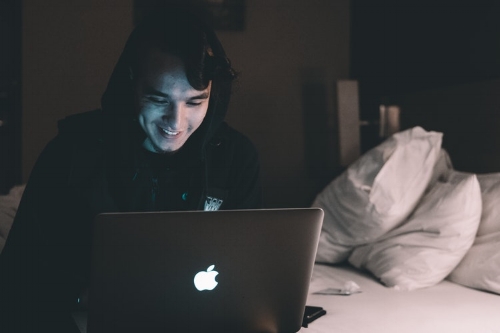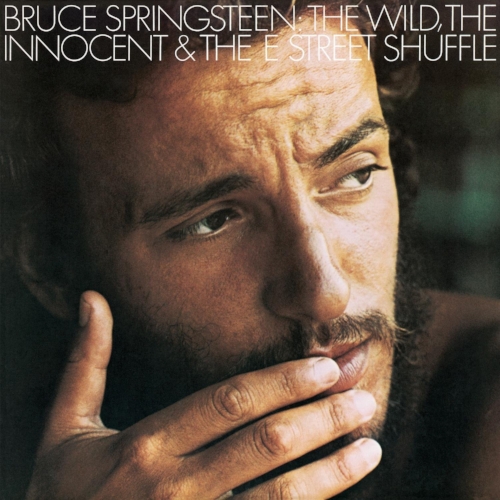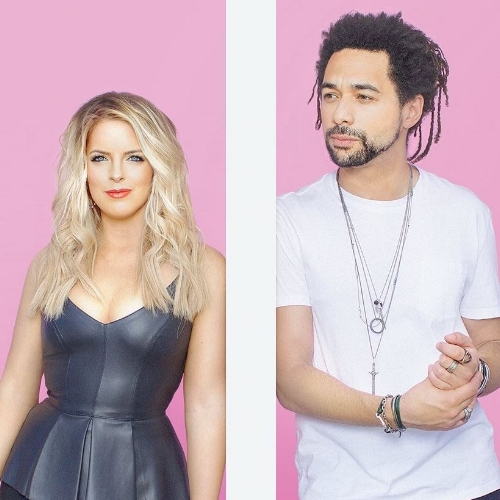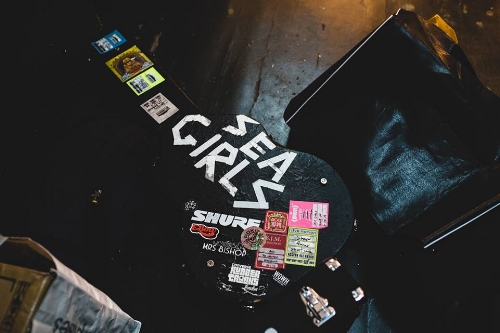FEATURE:
April Showers
IN THIS PHOTO: Janelle Monáe
The Best Albums Due Next Month
__________
EVERY month has those albums that…
IN THIS PHOTO: Kylie Minogue
will challenge for the end-of-year medal places. April is no exception, for sure. Janelle Monáe, Manic Street Preachers and Laura Veirs release albums, I feel, will wrestle for the high positions come the end of 2018. I have been looking through the announced releases and collated the ten records you need to put in your April collection – guaranteed to put a smile on the face and remain in the memory.
Despite the fact there is snow on the ground and a chill in the air: some big April releases will get the spirits up and warm the heart, for sure…
ALL PHOTOS: Getty Images
___________
Eels - The Deconstruction
Release Date: 6th April
Label: E Works Records
Genres: Alternative; Indie-Rock
Hinds - I Don't Run
Release Date: 6th April
Label: Mom + Pop Music
Genres: Garage-Pop; Alternative; Indie-Rock
Kylie Minogue - Golden
Release Date: 6th April
Label: Liberator Music
Genre: Pop
Manic Street Preachers - Resistance Is Futile
Release Date: 6th April
Label: Columbia Records
Genres: Rock; Alternative
Unknown Mortal Orchestra - Sex & Food
Release Date: 6th April
Label: Jagjaguwar
Genre: Alternative
Confidence Man - Confidence Music for Confidence People
Release Date: 13th April
Label: Heavenly
Genres: Indie; Alternative; Pop
Laura Veirs - The Lookout
Release Date: 13th April
Label: Bella Union
Genre: Folk
Kimbra - Primal Heart
Release Date: 20th April
Label: Warner Bros. Records
Genre: Pop
Janelle Monáe - Dirty Computer
Release Date: 27th April
Labels: Bad Boy Records; Wondaland Arts Society; Epic Records
Genres: R&B; Soul
Twin Shadow - Caer
Release Date: 27th April
Labels: Warner Bros. Records; Reprise
Genres: Synth-Pop; New-Wave






































